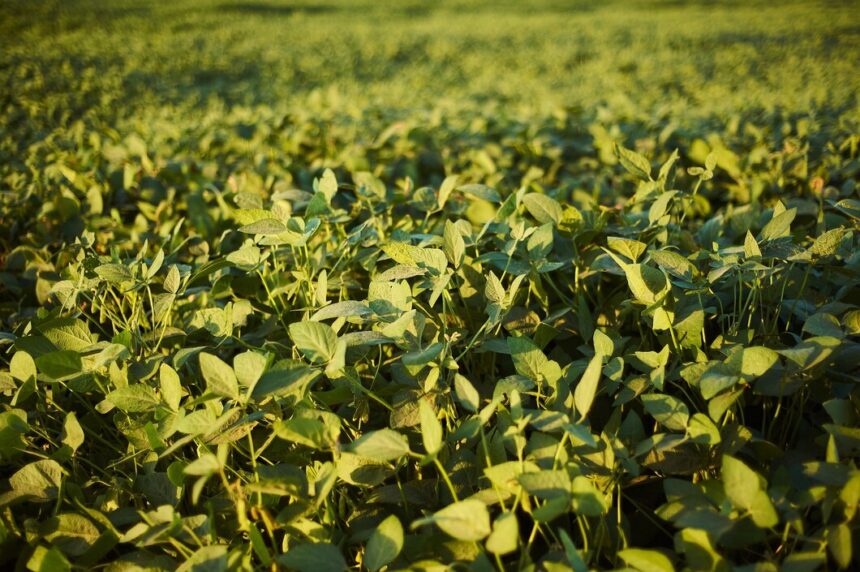Cover cropping is an agricultural practice where specific plants are grown primarily to benefit the soil rather than for harvest. This technique offers numerous advantages for South African farmers, enhancing soil health, improving crop yields, and promoting sustainable farming practices. Here are some key benefits of cover cropping:
- Soil Erosion Control: Cover crops provide ground cover that helps prevent soil erosion caused by wind and water. The root systems of cover crops stabilize the soil, reducing the risk of erosion and preserving valuable topsoil.
- Improved Soil Structure: The root systems of cover crops contribute to better soil structure by creating channels that enhance soil aeration and water infiltration. This leads to a more resilient soil structure, which is crucial for healthy plant growth.
- Enhanced Soil Fertility: Certain cover crops, such as legumes, fix atmospheric nitrogen into the soil, enriching it with this essential nutrient. This natural fertilization reduces the need for synthetic fertilizers and promotes healthier crop growth.
- Weed Suppression: Cover crops can suppress weed growth by outcompeting weeds for light, nutrients, and water. The dense canopy of cover crops reduces the space available for weed seeds to germinate and establish.
- Moisture Retention: The plant cover provided by cover crops helps to retain soil moisture by reducing evaporation. This is particularly beneficial in regions with variable rainfall, helping to maintain consistent soil moisture levels for subsequent crops.
- Pest and Disease Management: Some cover crops can help manage pests and diseases by disrupting their life cycles. For instance, certain cover crops can attract beneficial insects that prey on pests, or they can reduce the habitat for disease-carrying organisms.
- Increased Organic Matter: Cover crops contribute to the buildup of organic matter in the soil. When cover crops decompose, they add valuable organic material that improves soil fertility, structure, and microbial activity.
- Improved Nutrient Cycling: The root systems of cover crops can access nutrients that are deeper in the soil, making them available to subsequent crops. This enhances nutrient cycling and reduces the need for additional fertilization.
- Climate Resilience: By improving soil health and structure, cover cropping helps make farms more resilient to climate fluctuations. Healthier soils can better withstand drought conditions and recover more quickly from heavy rainfall.
- Cost Savings: Cover cropping can lead to long-term cost savings by reducing the need for synthetic fertilizers, herbicides, and pesticides. Improved soil health also reduces the need for costly soil amendments and repairs.
Implementing Cover Cropping
To successfully implement cover cropping, South African farmers should:
- Select Appropriate Cover Crops: Choose cover crops suited to your specific climate and soil conditions. Options might include legumes, grasses, or brassicas, depending on your goals and local conditions.
- Plan Timing and Management: Integrate cover crops into your crop rotation plan, considering planting and termination times to maximize benefits and avoid interference with main crop growth.
- Monitor and Adjust: Regularly monitor the effects of cover cropping on soil health and crop performance, and adjust your practices as needed to optimize results.
By adopting cover cropping practices, South African farmers can enhance soil health, boost crop productivity, and contribute to more sustainable farming systems.
Join 'Farmers Mag' WhatsApp Channel
Get the latest Farming news and tips delivered straight to your WhatsApp
CLICK HERE TO JOIN






